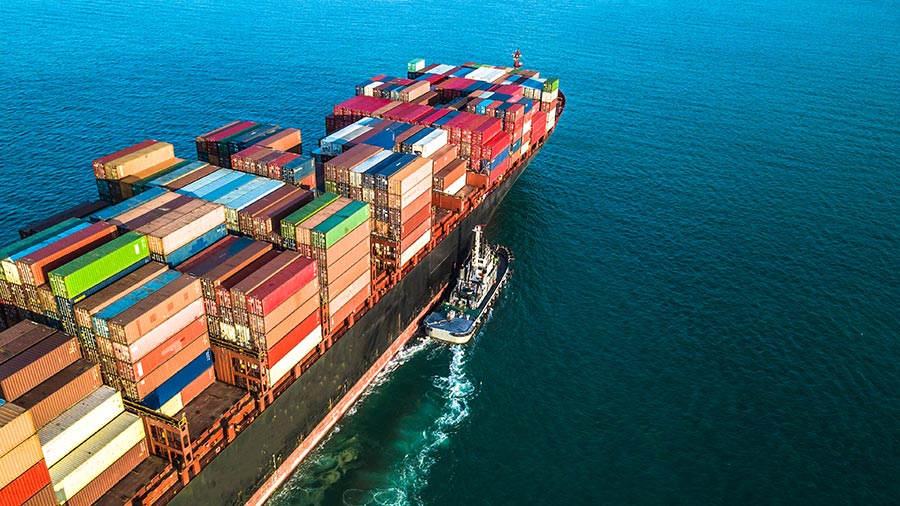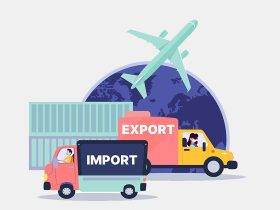
Latvia’s main imported goods
Latvia, a member of the European Union, has an open economy heavily reliant on international trade. Its imports reflect the country’s industrial needs, consumer preferences, and energy requirements. Below is a detailed overview of Latvia’s main imported goods:
1. Machinery and Equipment
Machinery and mechanical appliances are among Latvia’s largest import categories. These imports are critical for supporting the manufacturing and construction sectors, which form a significant part of the economy. Items like industrial machinery, agricultural equipment, and electrical appliances are heavily sourced from Germany, China, and other EU countries.
2. Fuels and Energy Products
Latvia imports substantial amounts of crude oil, natural gas, and refined petroleum products, as it lacks significant domestic energy resources. These imports are vital for the country’s energy needs, including electricity generation and transportation. Russia historically played a key role as a supplier, but Latvia has diversified its energy import sources in recent years.
3. Vehicles
The automotive sector is another significant contributor to Latvia’s import profile. Latvia imports a wide range of vehicles, including passenger cars, trucks, and buses, mainly from countries like Germany, Japan, and Sweden. Used vehicles account for a large portion of these imports, reflecting local consumer preferences for more affordable options.
4. Pharmaceutical Products
Pharmaceuticals are a crucial import for Latvia, ensuring the availability of medicines and healthcare products. These products are primarily sourced from EU countries such as Germany, France, and Belgium. The increasing demand for high-quality healthcare has made pharmaceuticals a staple in Latvia’s import list.
5. Electrical and Electronic Equipment
With the rise of technology and digitalization, Latvia imports a variety of electronic goods, including computers, mobile phones, and telecommunications equipment. These imports support the growth of Latvia’s information technology (IT) sector and its increasing adoption of smart devices.
6. Food Products and Beverages
Latvia imports a variety of foodstuffs to meet domestic consumption needs, as its agricultural sector cannot fully sustain the country’s population. Popular imports include fruits, vegetables, dairy products, and beverages. These are often sourced from neighboring EU countries such as Poland and Lithuania.
7. Chemical Products
Latvia imports a broad range of chemical products, including fertilizers, cleaning agents, and industrial chemicals. These products are essential for its agricultural and industrial sectors, with significant imports from countries like Germany and the Netherlands.
8. Metals and Metal Products
Latvia’s construction and manufacturing industries drive the demand for imported metals, including steel, aluminum, and copper. These materials are essential for infrastructure development and industrial production, with major imports coming from countries like Russia, Sweden, and Finland.
9. Textiles and Apparel
The demand for imported textiles and clothing has grown due to Latvia’s active retail sector. The country imports garments, fabrics, and accessories from markets like China, Bangladesh, and Turkey to meet consumer demands for diverse styles and affordability.
10. Plastics and Rubber
Plastics and rubber products are another significant import category. These materials are used in a variety of industries, including packaging, automotive, and construction. Latvia sources these goods primarily from EU countries and China.
Trade Dynamics and Partners
Latvia’s geographic location as a Baltic state positions it as a bridge between Eastern and Western Europe. The European Union is its primary trading partner, with Germany, Poland, and Lithuania being major contributors. Trade with non-EU countries, particularly China and the United States, has also grown in recent years.
Conclusion
Latvia’s imports reflect its needs for industrial growth, energy security, and consumer goods. The diversity in its import portfolio highlights the country’s economic interdependence with the global market, especially the EU. By maintaining strategic trade partnerships, Latvia continues to ensure a steady supply of essential goods to support its economy.




Leave a Reply